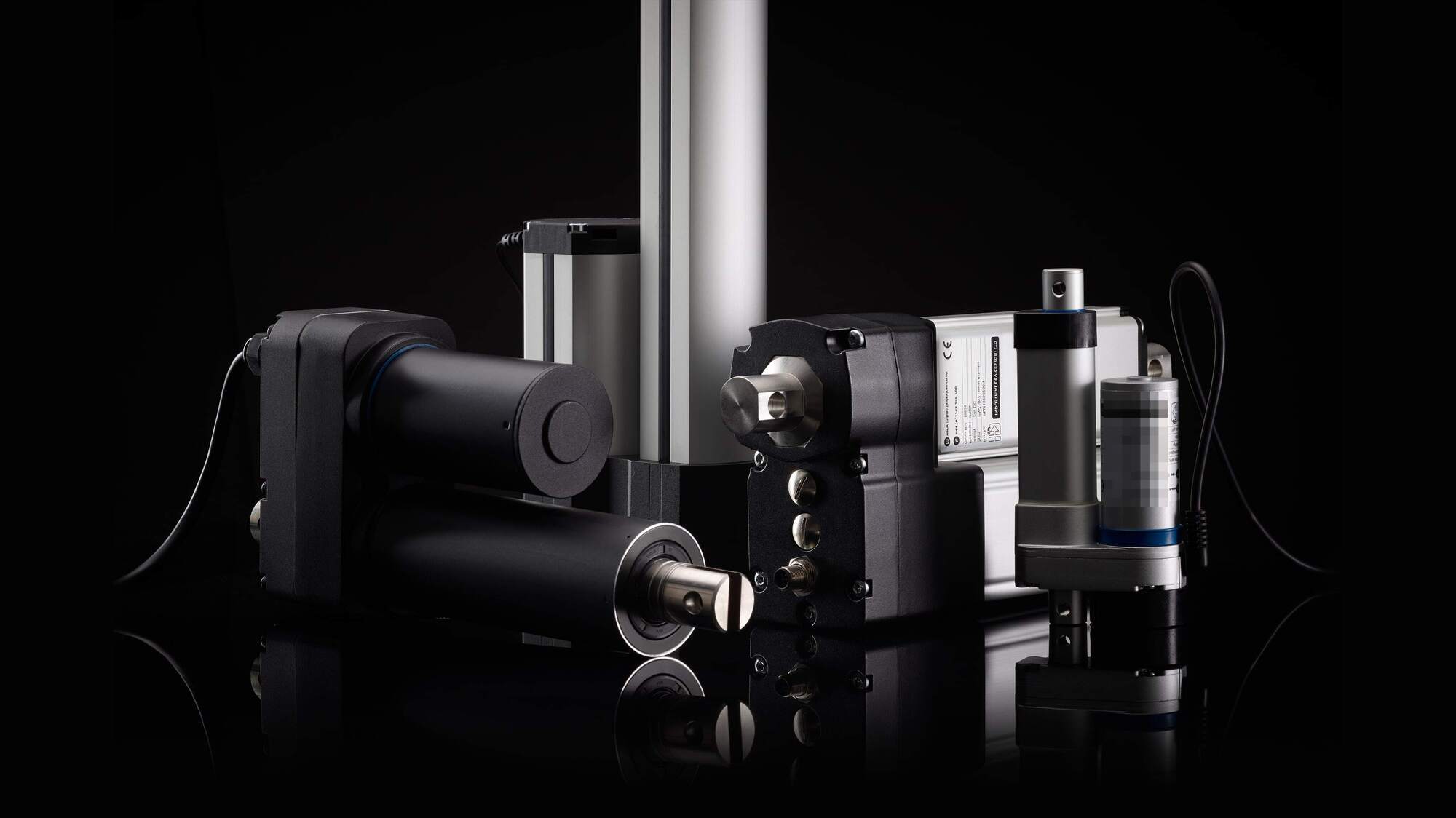
What is an actuator? An actuator is a device that converts energy into motion. It can be powered by electricity, hydraulic fluid, or air. Actuators are essential in various applications, from opening valves in industrial settings to moving robotic arms in manufacturing. They play a crucial role in automation, making processes more efficient and precise. Without actuators, many modern conveniences and technologies would not function. They come in different types, including linear and rotary, each suited for specific tasks. Understanding actuators can help you appreciate the complexity and ingenuity behind everyday machines and systems.
What is an Actuator?
Actuators are devices that convert energy into motion. They play a crucial role in various applications, from industrial machinery to everyday household items. Understanding these devices can help appreciate their importance in modern technology.
-
Actuators convert energy into motion. They can use electrical, hydraulic, or pneumatic energy to create movement.
-
Common in robotics. Actuators are essential for moving parts in robots, enabling them to perform tasks.
-
Used in automotive systems. They control various functions like opening and closing valves or moving seats.
-
Found in household appliances. Washing machines, dishwashers, and HVAC systems rely on actuators for operation.
-
Critical in industrial automation. They help automate processes in manufacturing, improving efficiency and precision.
Types of Actuators
Different types of actuators serve various purposes. Each type has unique characteristics and applications.
-
Linear actuators. These create motion in a straight line, often used in machinery and robotics.
-
Rotary actuators. They produce rotational motion, commonly found in engines and turbines.
-
Hydraulic actuators. Use fluid pressure to generate movement, ideal for heavy-duty applications.
-
Pneumatic actuators. Utilize compressed air to create motion, often seen in factory automation.
-
Electric actuators. Convert electrical energy into mechanical motion, popular in precise control applications.
How Actuators Work
Understanding the working principles of actuators can shed light on their functionality and efficiency.
-
Energy conversion. Actuators convert input energy (electrical, hydraulic, or pneumatic) into mechanical motion.
-
Control systems. Often integrated with control systems to regulate movement and ensure accuracy.
-
Feedback mechanisms. Some actuators have feedback systems to monitor and adjust their position.
-
Force and speed. The force and speed of an actuator depend on its design and the type of energy used.
-
Efficiency. Actuator efficiency varies based on the energy source and application requirements.
Applications of Actuators
Actuators are versatile and used in numerous fields, each with specific needs and challenges.
-
Aerospace industry. Actuators control flight surfaces, landing gear, and other critical components.
-
Medical devices. Used in surgical robots, prosthetics, and diagnostic equipment for precise movements.
-
Agriculture. Automate tasks like planting, harvesting, and irrigation, improving productivity.
-
Construction. Heavy machinery like excavators and cranes rely on actuators for movement.
-
Entertainment. Animatronics and stage equipment use actuators to create dynamic effects.
Advantages of Actuators
Actuators offer several benefits that make them indispensable in various applications.
-
Precision. Provide accurate control of movement, essential for tasks requiring high precision.
-
Automation. Enable automation of repetitive tasks, increasing efficiency and reducing human error.
-
Versatility. Suitable for a wide range of applications, from small gadgets to large industrial machines.
-
Reliability. Designed to perform consistently under different conditions, ensuring dependable operation.
-
Energy efficiency. Modern actuators are designed to use energy efficiently, reducing operational costs.
Challenges and Limitations
Despite their advantages, actuators face certain challenges and limitations that need consideration.
-
Cost. High-quality actuators can be expensive, impacting the overall cost of a project.
-
Maintenance. Regular maintenance is required to ensure optimal performance and longevity.
-
Complexity. Integrating actuators with control systems can be complex and require specialized knowledge.
-
Energy consumption. Some actuators, especially hydraulic and pneumatic types, can consume significant energy.
-
Noise. Certain actuators, particularly pneumatic ones, can generate noise during operation.
Future of Actuators
The future of actuators looks promising with advancements in technology and materials.
-
Smart actuators. Integration with IoT and AI for smarter, more responsive systems.
-
Miniaturization. Development of smaller actuators for compact and portable devices.
-
Energy-efficient designs. Focus on creating actuators that use less energy while maintaining performance.
-
Advanced materials. Use of new materials to improve durability, efficiency, and functionality.
-
Customization. Tailored actuators to meet specific needs of different industries and applications.
-
Sustainability. Eco-friendly actuators designed to reduce environmental impact.
-
Enhanced safety features. Improved safety mechanisms to prevent accidents and ensure user protection.
The Final Word on Actuators
Actuators are everywhere, from your car's engine to industrial robots. They convert energy into motion, making them essential in many applications. Understanding their types—hydraulic, pneumatic, electric—helps in choosing the right one for your needs. Hydraulic actuators offer high force, pneumatic ones are quick and clean, while electric actuators provide precision.
Maintenance is key. Regular checks can prevent failures and extend their lifespan. Keep an eye on seals, lubricate moving parts, and ensure connections are secure.
Innovation in actuator technology continues to evolve, promising even more efficient and powerful devices. Staying updated on these advancements can give you an edge, whether you're in manufacturing, automotive, or robotics.
So, next time you see a machine in motion, remember the unsung hero behind it—the actuator. It’s the muscle behind the machine, quietly doing its job.
Was this page helpful?
Our commitment to delivering trustworthy and engaging content is at the heart of what we do. Each fact on our site is contributed by real users like you, bringing a wealth of diverse insights and information. To ensure the highest standards of accuracy and reliability, our dedicated editors meticulously review each submission. This process guarantees that the facts we share are not only fascinating but also credible. Trust in our commitment to quality and authenticity as you explore and learn with us.
